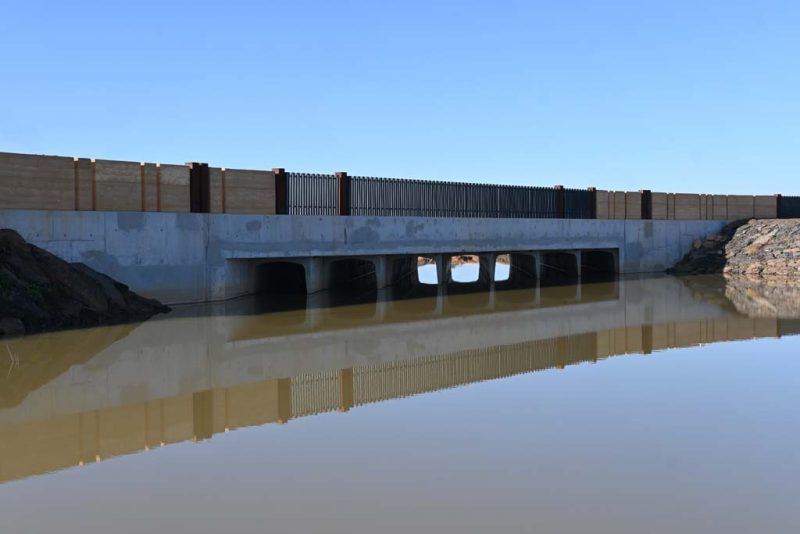
Ensure durability and long-lasting results with the best practices for large culvert installation. Learn about installation techniques for optimal performance.
Large culvert installation is a critical process for managing water flow and ensuring infrastructure stability. Proper techniques and best practices are essential to achieving durable and long-lasting results. This guide explores key considerations and methods for successful culvert installation that will withstand the test of time and environmental challenges.
Best Practices for Large Culvert Installation
Large culverts are designed to handle significant volumes of water and withstand substantial loads. They can be made from various materials, including concrete, steel, and plastic, each with its own set of advantages. To ensure a successful large culvert installation, adhering to best practices at each stage of the process is crucial.
The following guidelines outline key steps that will help achieve durable and reliable results. By following these practices, you can ensure that the culvert performs efficiently and withstands environmental and operational stresses.
• Site Assessment and Preparation: Before installation, conduct a thorough site assessment to understand the hydrology, soil conditions, and traffic loads. Site preparation should include clearing vegetation, removing debris, and ensuring proper drainage to avoid water pooling at the installation site.
• Correct Sizing and Design: Choosing the right size and design of the culvert is vital. The culvert must be large enough to handle the expected water flow without causing erosion or flooding. Consult with a civil engineer to determine the appropriate dimensions and design specifications based on the site’s requirements.
• Excavation and Bedding: Proper excavation is essential for creating a stable base for the culvert. The trench should be dug to the required depth and width, with smooth, level bedding prepared to support the culvert. This bedding should be made from granular material to provide a firm foundation and facilitate proper drainage around the culvert.
• Installation: During installation, ensure that the culvert is placed correctly within the trench. It should be aligned with the flow direction and properly supported. For concrete and steel culverts, joint sealing is crucial to prevent leaks and maintain structural integrity. When installing plastic culverts, ensure that joints are securely connected and properly sealed.
• Backfilling and Compaction: After the culvert is installed, backfill the trench with suitable material. It’s important to use clean, granular fill and avoid large rocks that could damage the culvert. Compaction should be done in layers to prevent settlement and ensure stability. Proper backfilling helps in distributing loads evenly and prevents future subsidence.
• Inspection and Maintenance: Regular inspection and maintenance are key to the longevity of large culverts. Check for signs of damage, erosion, or blockage and address any issues promptly. Scheduled inspections can help identify potential problems early and ensure the culvert continues to function effectively.
Key Considerations
When installing large culverts, several key considerations are crucial for ensuring long-term success. Material selection is vital; choose durable materials that are appropriate for the environmental conditions and expected load. The hydraulic design of the culvert must be capable of handling peak flow conditions to prevent flooding and erosion. Structural support is equally important, as proper alignment and support are essential for the culvert’s stability and overall performance.
BridgeCon leverages our expertise and specialised equipment to deliver exceptional results on every project. Whether you’re planning a new installation or require reinforcement services, our team is here to support you with high-quality, reliable solutions.
Optimized by: Netwizard SEO

